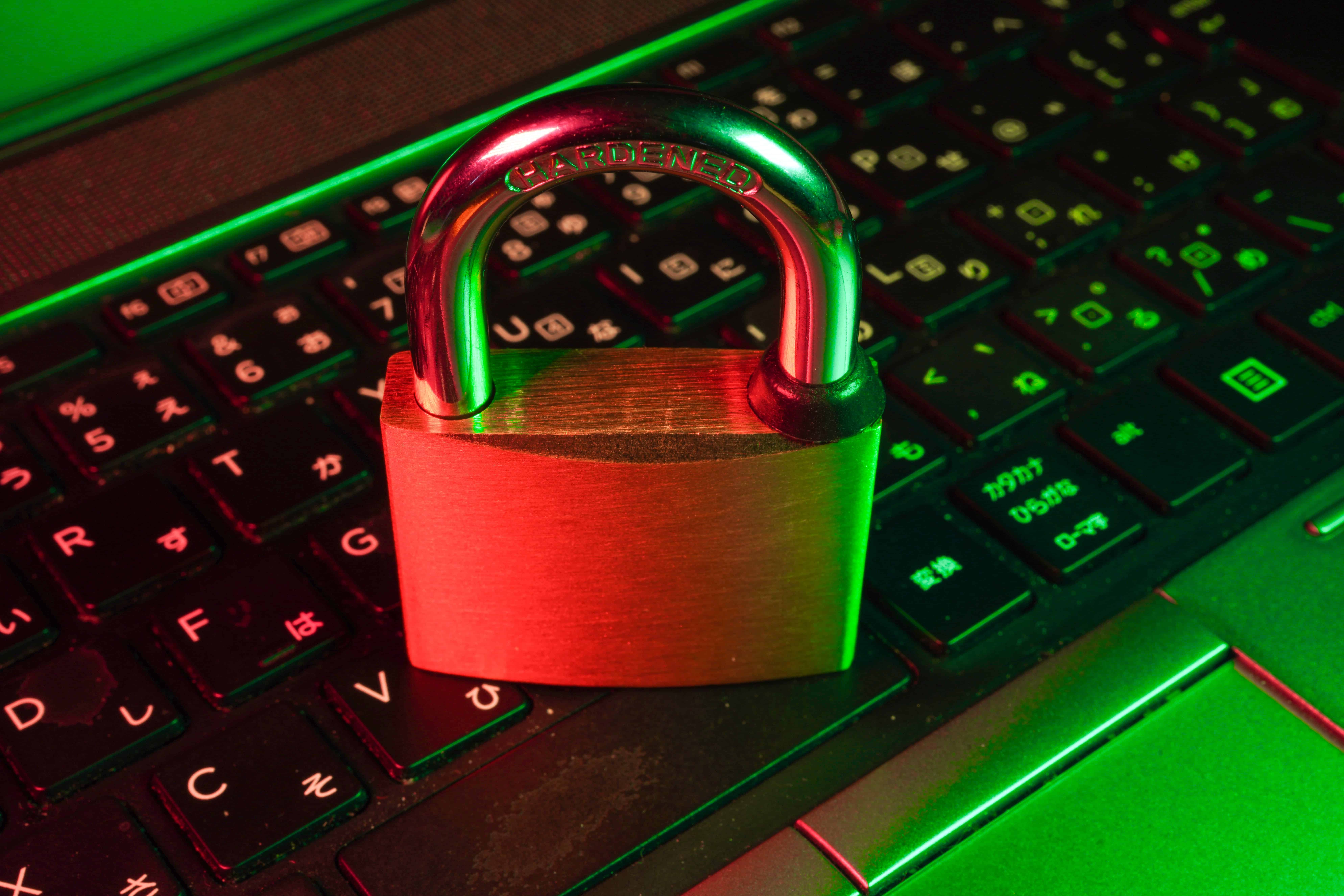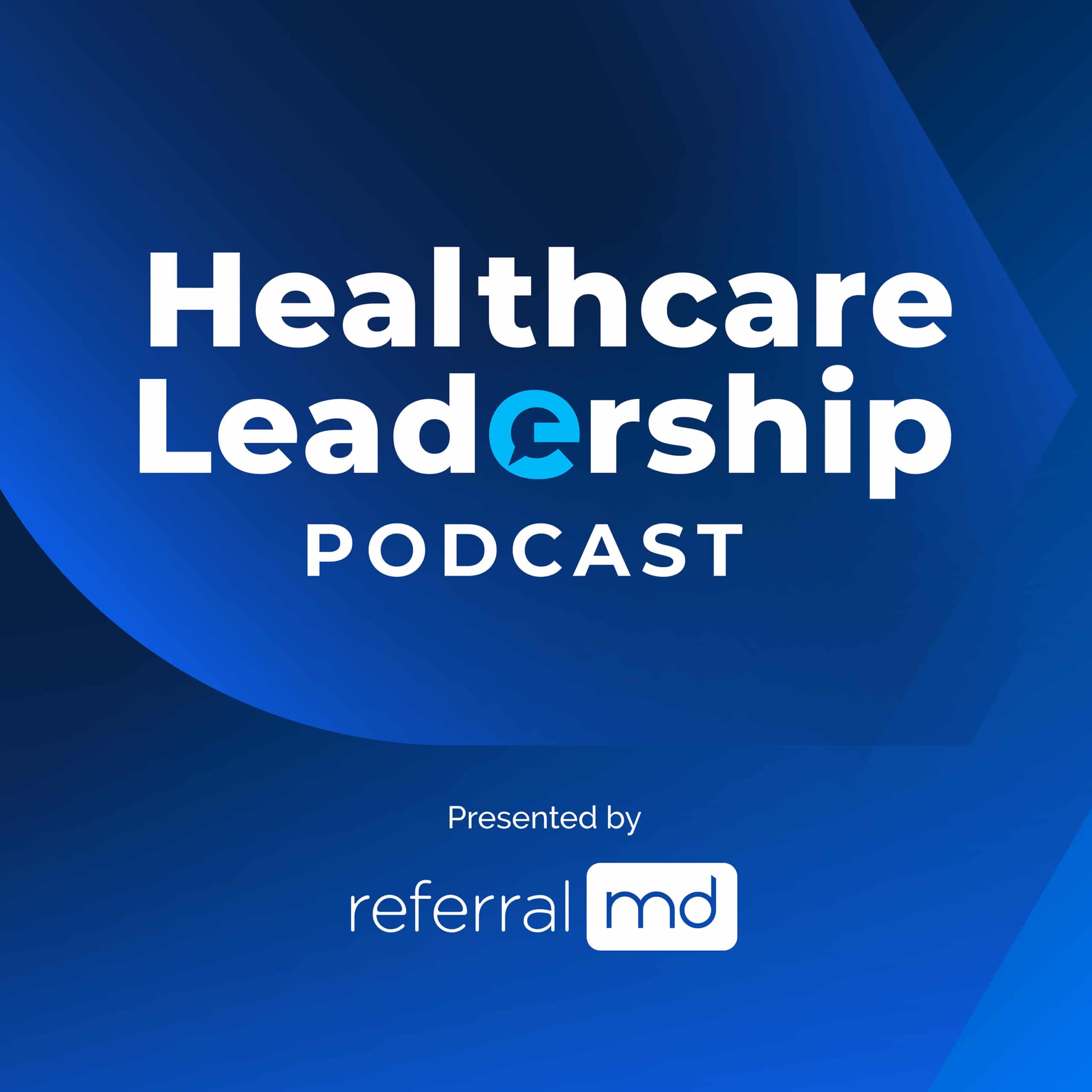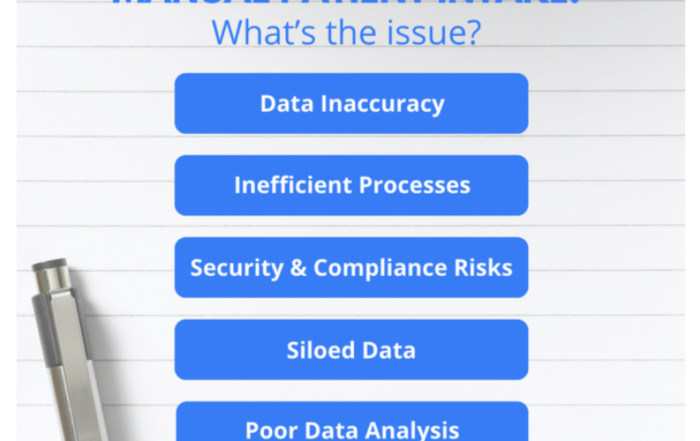Healthcare cybersecurity has been a hot-button item for some time now, and given the current environment, the healthcare industry is facing a growing number of cyber threats each day. As we make the transformative shift to digitized medical records and telemedicine, we must also consider the opportunity this increasingly accessible data presents for cybercriminals. To ensure private patient data stays private, we’re sharing five tips for improving cybersecurity in healthcare and ensuring patient data security.
1. Staff training
Often, the common denominator in cybersecurity failures is the user. Neglecting to train staff on cybersecurity best practices properly puts everyone at risk. With more than four out of five physicians having been victims of some cyberattack, there is no room for human error. To avoid this heightened risk and ensure everyone feels comfortable handling confidential information, regular staff training sessions demonstrating how best to protect patient data and what to look out for in the event of a breach are highly recommended.
Depending on your resources, staff size, and other relevant factors, there are several ways to go about developing the most effective program for your staff-specific cybersecurity training. Essentially, however, the same general topics should be covered when educating staff:
- Common causes of a breach
- Prevalent types of cyberattacks
- How to identify an attack
- Precautionary best practices
Additionally, a comprehensive cybersecurity training program should include hands-on activities to keep staff engaged both during training and beyond. Healthcare professionals can engage their staff through applied training formats such as simulated phishing emails to help identify red flags or walk through past real-life scenarios of healthcare-related cyberattacks and discuss or role-play what happened, how it happened, and how one should go about reporting and preventing similar incidents in the future. To keep best practices top of mind and staff fresh on the latest trends in cyberattacks, it is recommended that training activities are held on an ongoing basis rather than solely during onboarding.

Photo by on Pexels
2. Password protection
A simple-yet-commonly-overlooked component to a strong cybersecurity defense is proper password protocol. Healthcare facilities and managing staff should recognize the importance of password best practices and ensure all relevant employees are aware of the organization’s policy.
One simple password implementation to improve patient data security is utilizing different passwords for each website, device, and application your facility uses. Once these passwords have been set, an overall rule of no password sharing among employees should be enforced, as should a rule of no office-wide password usage for any device or application. Although these best practices may seem elementary, according to a study of 299 medical professionals and practices, staff used a password that was not their own an average of four times, stating the case for improved password protection. Similarly, as telehealth becomes more popular and patient documents incidentally become more available, strong password usage should also be emphasized to patients accessing data through patient portals and other web-based files.
3. Layered Defense
Although the people-first cybersecurity protocols are important, only so much an employee can do if malware infiltrates your system. Therefore, the next step in strong cybersecurity is a ‘layered defense.’ A layered defense essentially means having multiple steps or layers to prevent someone from accessing patient data. This way, should a hacker gain access to your system, there will be defenders in place to slow the hacking process and deny full access to your system data.
Depending on your specific system and organization’s preferences, there are several forms this defense structure may occur. Recommended practice for a layered cybersecurity defense includes up-to-date antivirus software and a strong next-generation firewall. In contrast, a more physical approach may include surveillance equipment and entry security to IT rooms.
4. Software maintenance
A standard practice in cybersecurity requires all work-related activity to be performed on a company-owned and maintained device. However, in the healthcare industry, this can be not easy. As patient data is often passed around to different healthcare professionals and remote patient access must be factored in, threats become increasingly prominent. Although seemingly inconvenient, regularly updating your software is a crucial element of cyber defense.
As technology continues to evolve and advance, criminal capabilities do as well. The problem here is that if your organization should fall behind on essential software updates, and you significantly increase your vulnerability to hackers with technology more advanced than your own. Software updates are designed to patch security flaws and add new features to your system and improve existing ones, keeping you in line with the times and safe from infiltration. A good rule of thumb to follow is always to accept software update notifications.

Photo by Glenn Carstens-Peters on Unsplash
5. Limit access
In line with patient confidentiality rules, cybersecurity best practices also recommend restricting access to patient records to authorized personnel only. Maintaining rigid standards on data access should be practiced on both current and former employees. Should a staff member be terminated or leave voluntarily, any informational access they held should be removed. Additionally, data access should be monitored regularly to verify who is accessing what records and when.
Unfortunately, the imminent threat of cybercrime is something we must face as our world grows increasingly technology-centric. In the coming years, the healthcare industry will continue to digitize, and emerging technologies will become commonplace for both patients and healthcare providers. Although these advancements and their benefits within the healthcare field are something to look forward to, we must maintain strong security over the sensitive information patients share daily as said technology evolves.












